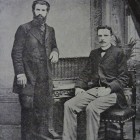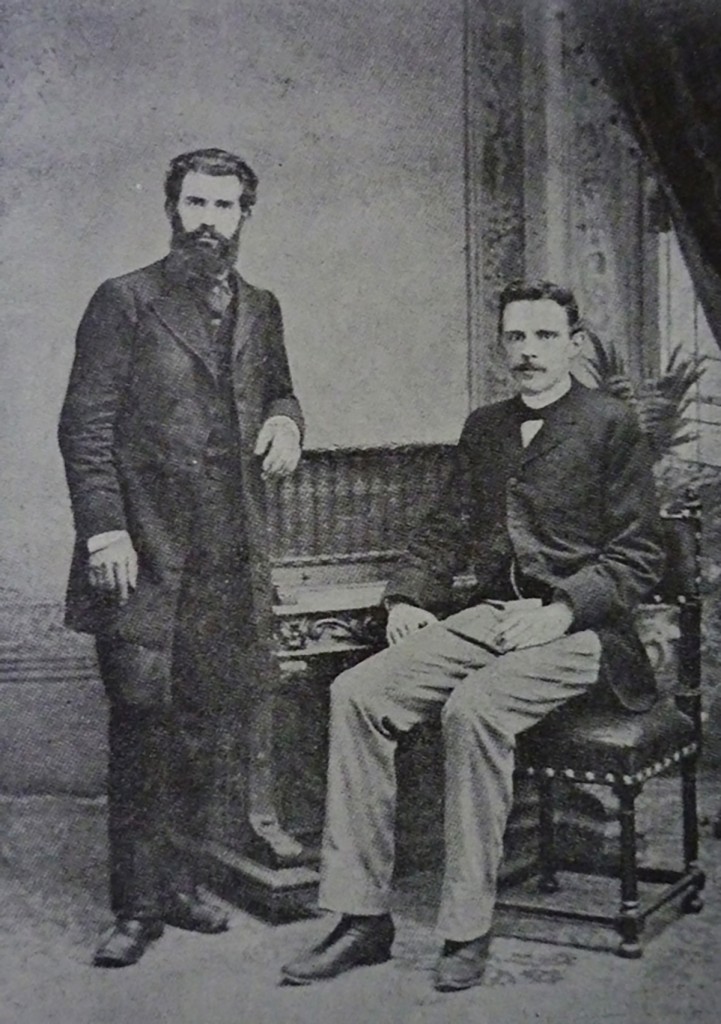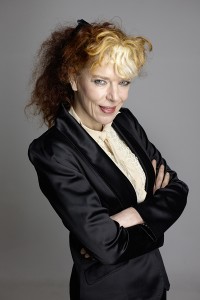
Nov 26, 2014
The Midnight Mission
by Vilan van de Loo
Imagine this. You are a man, mid-thirties, with close to zero combat skills, and you and your friend have a great idea. This is it: to stand in the entrance door to a brothel in the heart of the red light district in Amsterdam. When a potential costumer approaches, you will ask him if he really thinks that God wants him to visit a prostitute. You do this because you feel prostitution has no place in a Christian world.
Dear reader, what do you think will happen?
The start
Two 7th Day Baptists could have answered the question, as this is exactly what they did in 1888. One was Johannes van der Steur (1865-1945), taller than his friend Gerard Velthuysen (1865-1936) who was more a bit of a bookworm. As early 7th Day Baptists, they were used to mockery for their beliefs. They were both from Haarlem, close friends, “like David and Jonathan,” and they were the first two working men in what was to become the Midnight Mission — an organization that would become a major force in the Netherlands.
There were others. Like Colonel L. Roosmale Nepveu (1825-1903), who had seen a Midnight Mission at work in Denmark. And there was the then-famous Rev.
Hendrik Pierson (1834-1923) who added this work to his continuing fight against prostitution. He needed men with an iron backbone and similar Christian
beliefs to work the streets. Pierson’s basic idea was simple: without the male customers, the evil of prostitution would cease to exist. Somehow he got in touch with Van der Steur, offered him and Velthuysen a monthly allowance (most likely paid by Velthuysen’s dad, also a 7th Day Baptist) and they both moved to Amsterdam to start their work. It could be foreseen that the brothels would give a
violent response to this disturbing factor for the clientele. But there was also something else that made it difficult. Prostitution was regulated, and the local police made a profit out of the brothels. Plus, there was a general belief that a man “needed” sexual relationships. Only madmen would dare to protest.
Development
At first, they laughed at Van der Steur and Velthuysen. Then, they scolded. And eventually there was physical aggression of all sorts. Often they had to run and hide, and the hiding places were few. It was a very difficult time. Reverend Pierson and his men did not give in. On the contrary; he and Van der Steur gave public speeches, making themselves and their point of view known to a larger audience.
Yet not all were enemies. Other men, not only from the ranks of the 7DB, joined them in Amsterdam and in other cities as well. The pattern that emerged was more or less the same: mockery and aggression. That attracted new friends, other Christians.
The organization spread like fire. Within five years there was a network of departments spreading all over the Netherlands, there was a formal “Vereeniging”
(society) with a magazine of its own, De Middernachtzendeling (The Midnight Missionary), and there was a national discussion developing. Van der Steur became a well-known name when he attacked the national government for not letting an army captain dressed in his uniform join the organization. Would a captain be allowed to visit a prostitute and be forbidden to stand for his beliefs?
The Midnight Mission was the right organization at the right time. A different kind of public awareness was developing: all sorts of pressure groups discovered the public space to influence the local and national authorities. But none of them was so confrontational as the men of the Midnight Mission.
Success
In 1911 new laws were installed in the Netherlands and prostitution was from then on illegal. It was not in the nature of the Midnight Mission to trust laws of human making, so they kept up their work. They also did this during the First World War, and they were prepared for a massive wave of prostitutes when the Olympics were held in Amsterdam (1928). The wave did not arrive, something that deeply puzzled the missionaries. Many meetings were spent on the subject, also attended by Gerard Velthuysen. After Johannes van der Steur had in 1893 departed for the Netherlands-Indies, Velthuysen became the heart of the mission. With his death in 1936, the organization never was the same again. In 1948 it merged with another organization.
And now? In 2000, prostitution was legalized in the Netherlands. It seems history repeats itself. I find this interesting and painful at the same time. While I’m busy raising funds for post-doctoral research on the Midnight Mission, I’m also working on a biography on Johannes van der Steur, the most famous man among the 7th Day Baptists in the Netherlands. In 1895 he quit the church. That was in many ways difficult, but not at all for his personal conscience.
—Vilan van de Loo is a Dutch independent researcher from the Netherlands. Her interests are history and literature. Her biography of Johannes van der Steur will be published May 2015 (in Dutch). Contact? Mai: vilan@xs4all.nl



